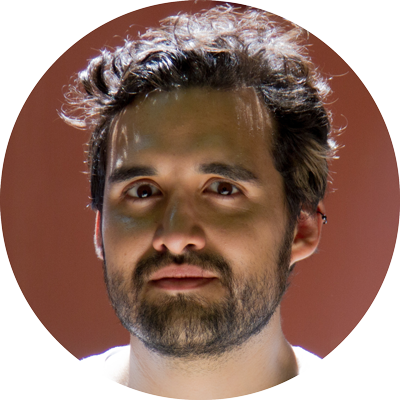
Digital technologies are deeply changing the dynamics of teaching and learning: a re-design of the whole educational experience is needed, requiring trainers to develop both digital and pedagogical new skills.
Tommaso Buganza, Full Professor of Leadership & Innovation, School of Management Politecnico di Milano
The pandemic has made us all blackbelts in Teams, Zoom, Webex, etc.
It has catapulted us into a digital world and forced us to develop digital skills quickly, with no opportunity to back out. In some cases this has worked very well (as students are telling us), while in other cases it has not.
We are still not sure if the pandemic is only a memory of the past, but at least we can be sure that many aspects of our lives will never go back to how they were, and training is certainly one of these. These digital skills required much effort on our part and we will now keep them with us.
Perhaps a moment has arrived in which we have the maturity to start asking ourselves how our skillset as educators has changed (and whether it still needs to change).
We can start with a simple consideration on the concept of digital: the equation
digital = online remote
It has shown to be false.
In fact, we must distinguish between the nature and functionalities of the many tools that we have learnt to use. On the one hand, as stated, Zoom, Teams, Webex and so on are tools that allow us to interact remotely. But the pandemic has also brought us tools for interaction which facilitate innovative activities and can also be used easily in the physical classroom.
Think of instant polling software like Socrative, Kahoot! or Poll Everywhere. We can now also extend the interaction to hundreds of students in a few seconds, obtaining an accurate idea of emotions with tag clouds or the extent to which they have understood a concept with multiple responses in real time.
But we can also do more; we can activate interactive dynamics within the classroom. For example, by asking for opinions to be written and then voted on by others in a sort of simple but quick and interesting brainstorming exercise.
Then there are other tools like MIRO, Mural or Jamboard, which make it possible to create a shared space to allow teams of students to interact in a deeper way, operating a virtual artefact in a coordinated and simultaneous manner, also keeping track of what has been done in previous lessons, if necessary, and guiding them with templates and procedural steps that would have once required paper, printing, logistical management, a loss of information, etc.
However, we must recognise that all these tools, and our ability to use them, intersects with a change in the way in which society interacts with the concept of learning. Major digital platforms such as YouTube or Instagram have revolutionised the way in which we interact with knowledge. They have made it quicker, more divided, more interactive and on-demand. Micro-learning, the parcelling of the practical part into small pieces that are easier to digest and the multi-media nature of communication (slides, speaking, film, etc.) are how many of us experience this, both as users and as educators. Above all, the dynamics of training activities have changed. We can no longer consider having long periods of lecture-based knowledge transfer and then long periods of application. The paradigm of the 20-page case study to be read and then discussed has not (yet) disappeared, but in some case it is starting to seem slow and a little dated.
In this scenario it is irrelevant whether the training takes place in person or online through a communication platform; what we need to do is change the logical and experiential flow of our lessons.
But what skills do we need to develop in order for this to happen?
To change what we do in the classroom, how should we change what we do before going into the classroom?
I believe that there are three fundamental things that we always need to learn better.
The first is conceiving (and therefore designing) a lesson as a service to be provided. We must design not only the content (which obviously is and remains the central point), but also how it will be used. Where we want to place a repetition, where we want to have a test, where we want to place a group activity to reinforce a concept. All of this requires planning, and it cannot be improvised once we are already in the classroom. Designing a group activity in 4 steps means designing a specific MIRO board, doing a brainstorming activity means preparing the interactive slide, etc. In many cases we will discover that the scarce resource will be time and we will need to choose what to do and how to do it to maximise the effectiveness of the training. The content is a necessary condition, but it is no longer enough; we need to imagine ourselves as designers of educational processes.
There is obviously a dark side to this approach, when the emphasis is placed on so-called infotainment, and the centrality of the content is overlooked. A meaningful and fulfilling educational experience is a means and not the end. However, we must accept that not paying due attention to the design of the learning process today risks drastically reducing the effectiveness of education.
The second thing that we must learn to do more, and better, is exploring the digital space. New functionalities and details are continuously added to all the tools that we named above. Each one of them enables new interactions or activities. We will never be able to use them unless we are familiar with them; we need to be curious in order to have new ideas. For example, when Miro introduced the possibility of hiding some content and only showing it at the opportune moment it led to ideas on how to structure complex processes with several steps; or when Poll Everywhere added the possibility of voting on other people’s ideas it led to the opening of open spaces for collective brainstorming which would have previously been impossible (or required too much time).
There is also a possible dark side in this case, when we fall in love with the tool and add activities just so we can use it, and not for their real impact on the educational process. In this case, we must also remember that the tool is a means and not an end.
Lastly, personally, I have added and activity that I never used to do. When designing new lessons with digital interactions of varying nature and duration and mixing various tools, I had to start adding a test phase. I used to create the slides, think about how to narrate them and go into the classroom. Now I test all of the tools and interactions as if I were a participant. In fact, our ability to creatively manage the situation in the moment has drastically reduced due to the use of rich but rigid systems. If a link is missing, if the page does not refresh, if I can’t log into Mural… it takes a long time to deal with the problem and the amount of time lost without anything happening drastically reduces the educational experience, at the risk of jeopardising all the work that has been done.
Designing the educational experience, constantly exploring the potential of digital spaces and adding a test phase are new skills and activities that we must add to what we already do. Old activities are not replaced or eliminated. They are simple and also added. Like all jobs, ours is becoming more complicated and requires increasing levels of specialisation. Personally, I do not believe that this was triggered by the pandemic. This change was already underway; the pandemic acted as a catalyst and only made it quicker, giving us less time to react.
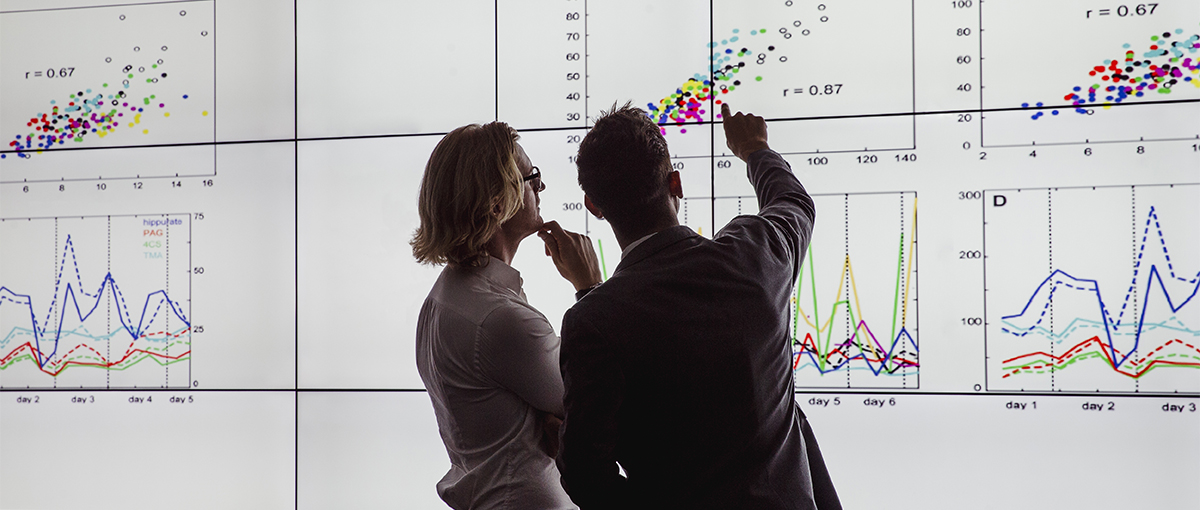
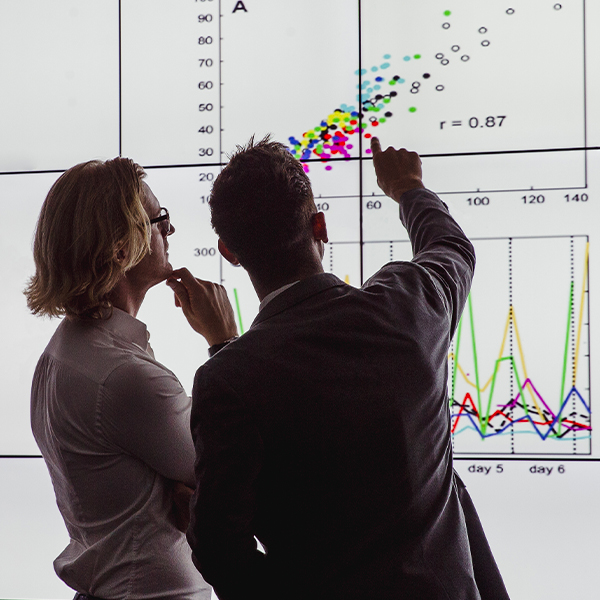




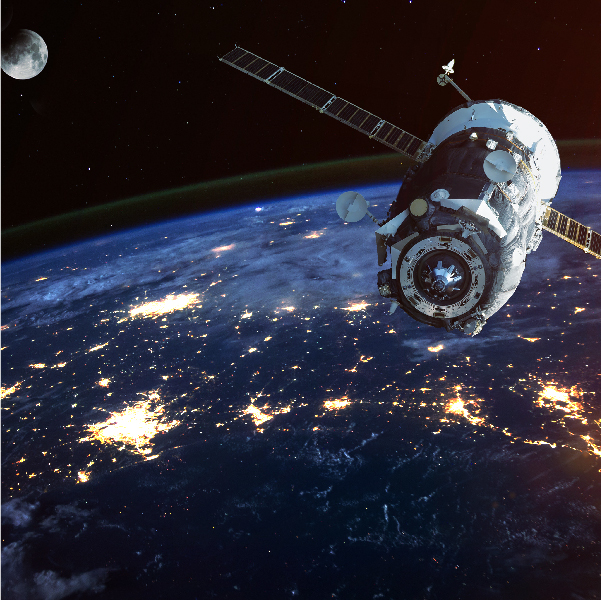
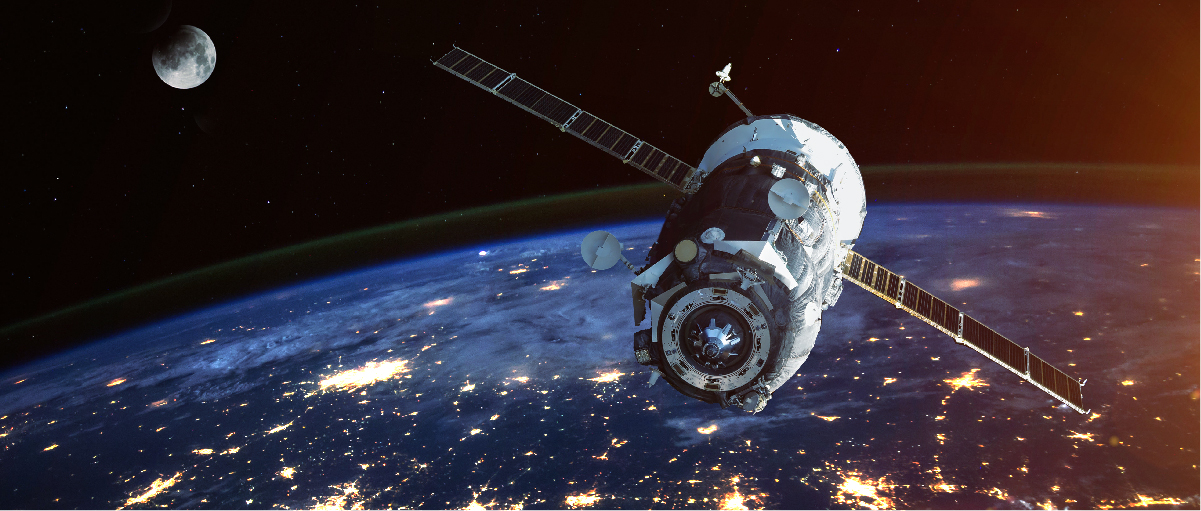
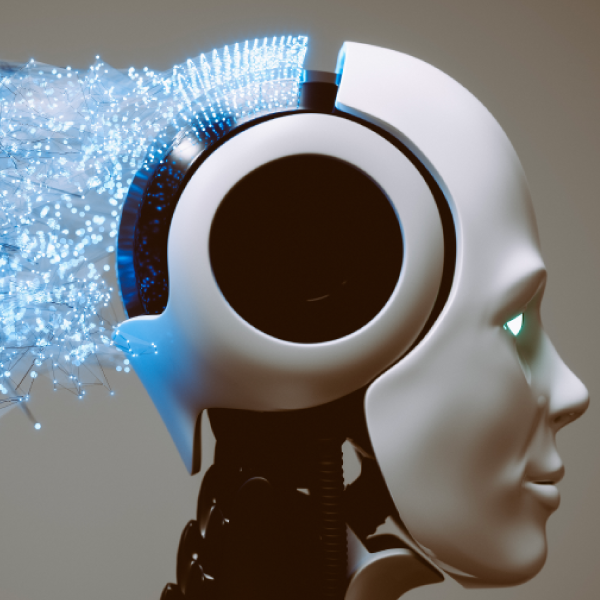
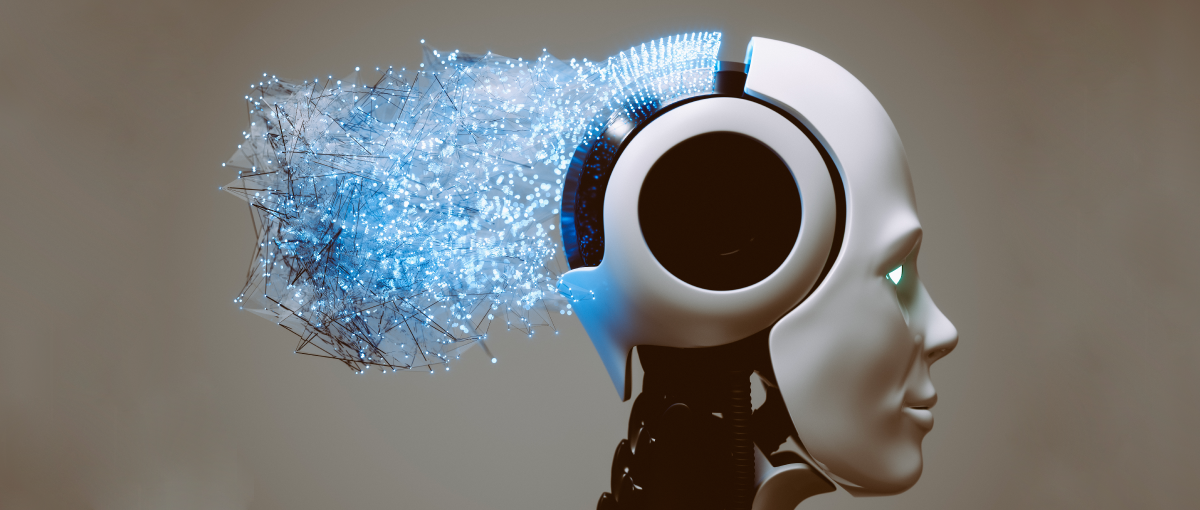


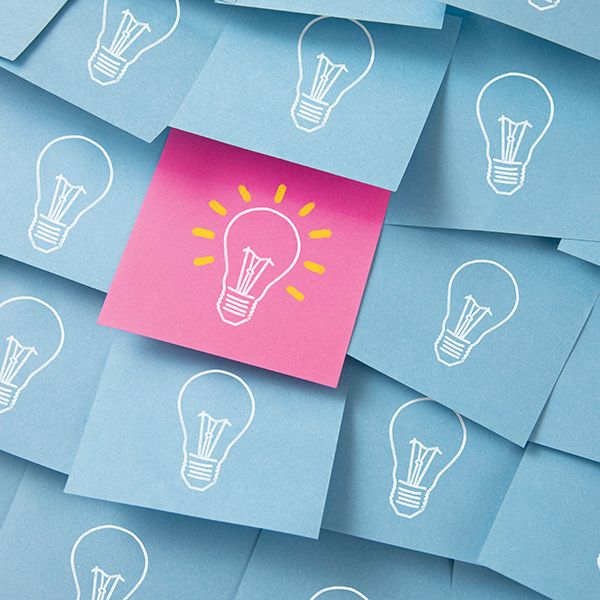
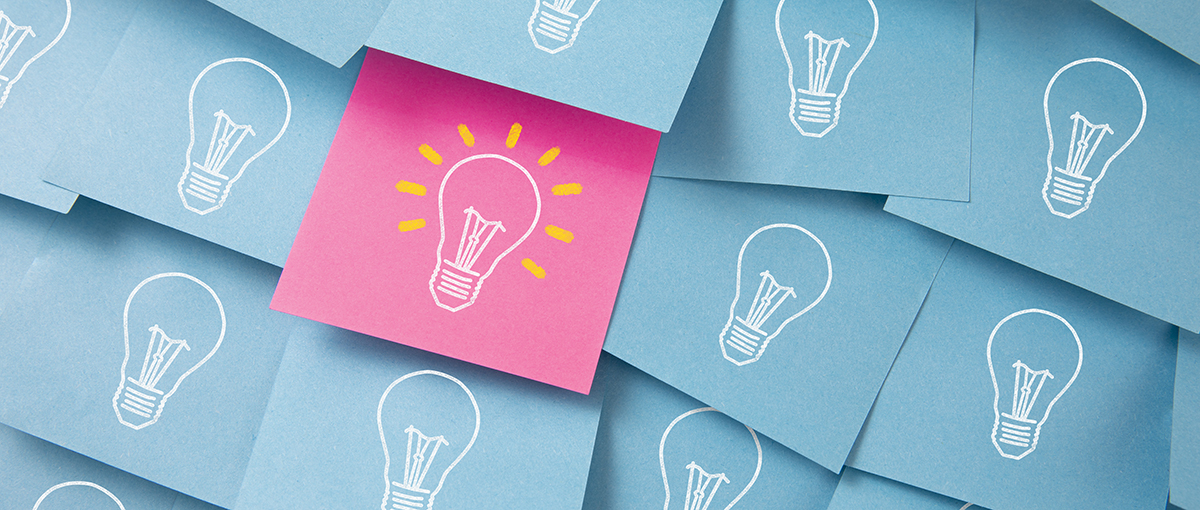
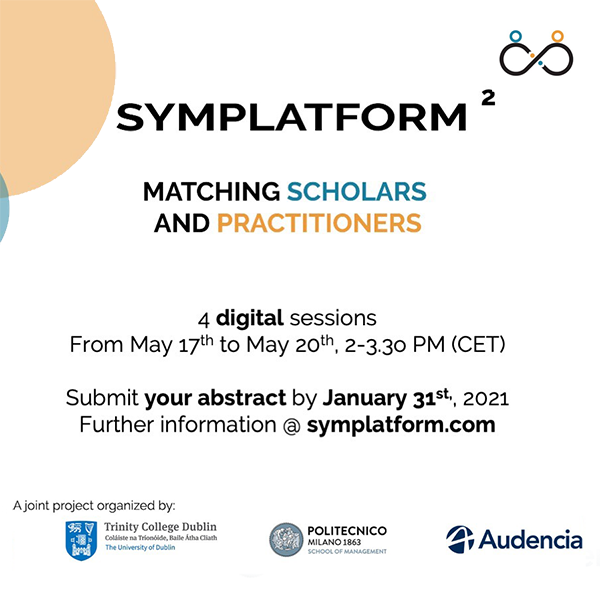
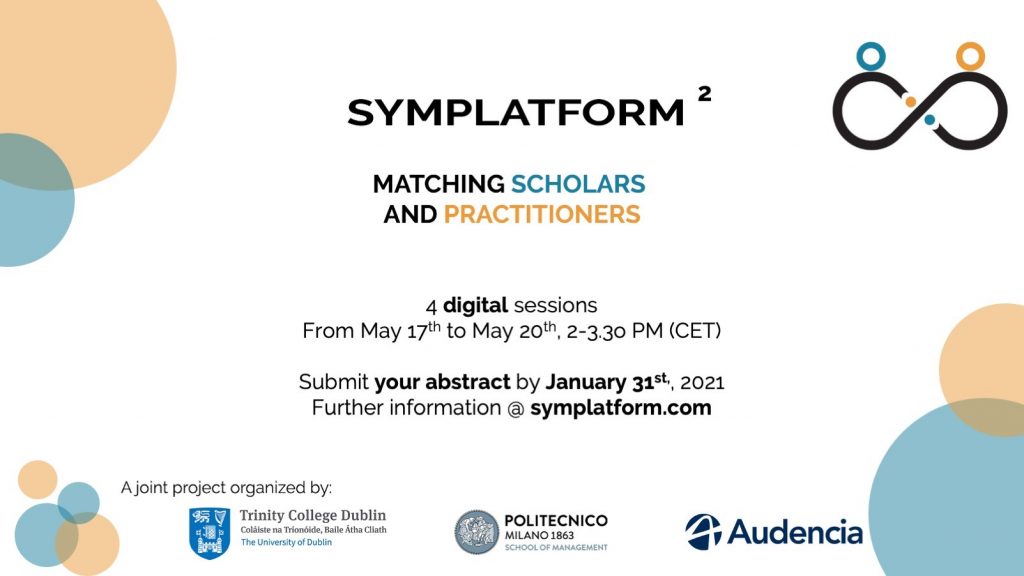
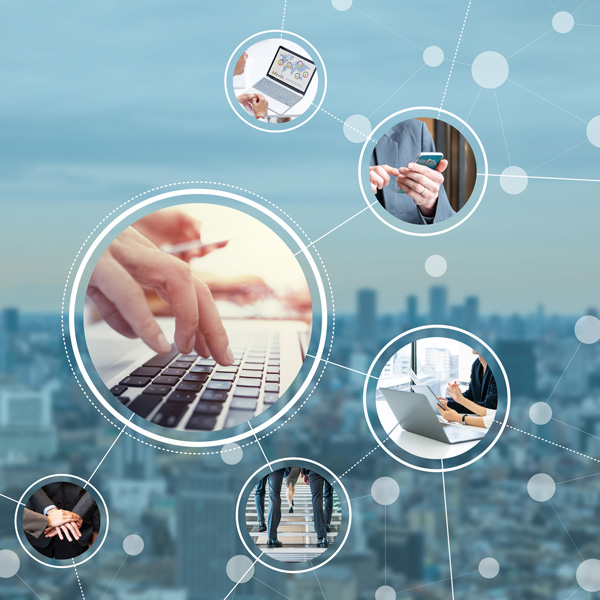
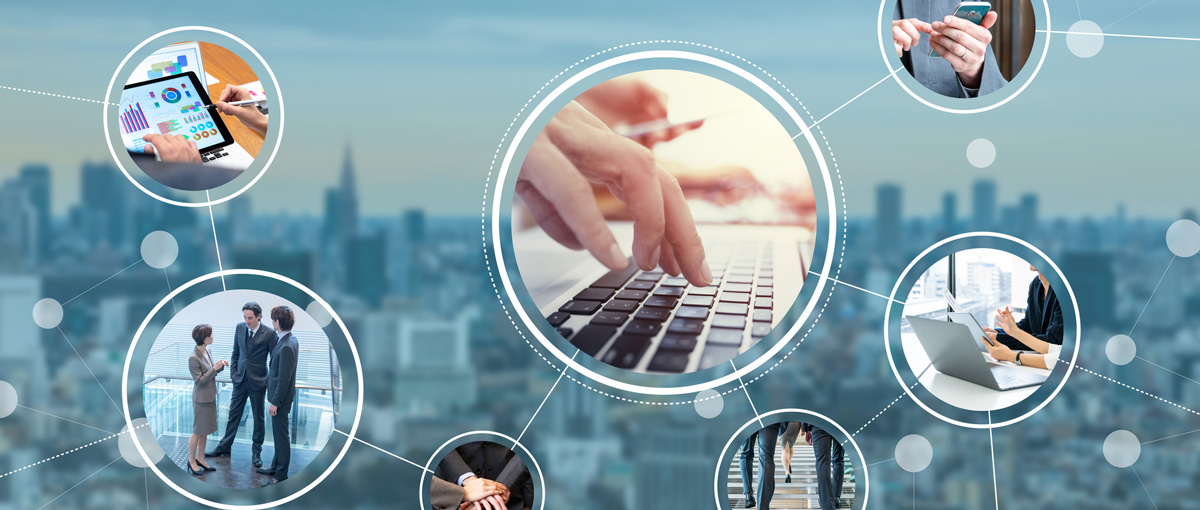
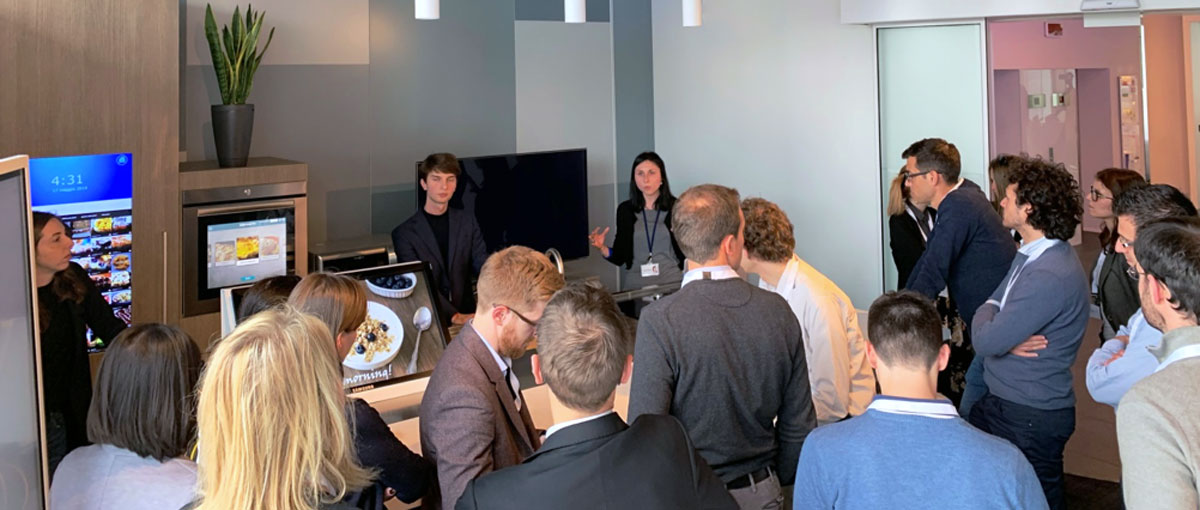

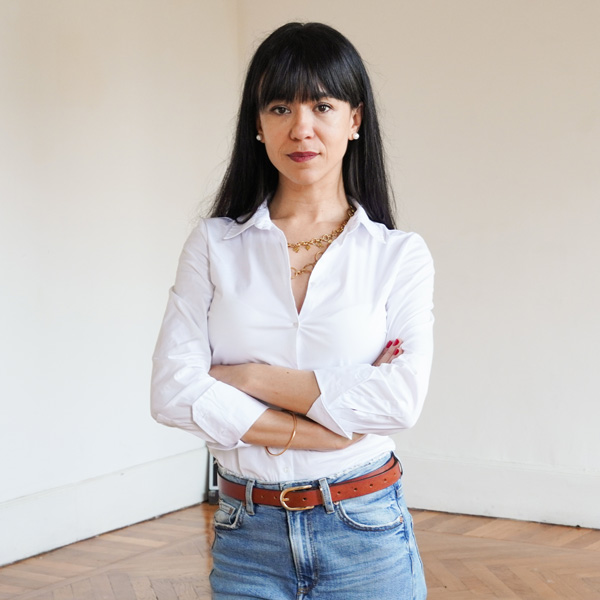
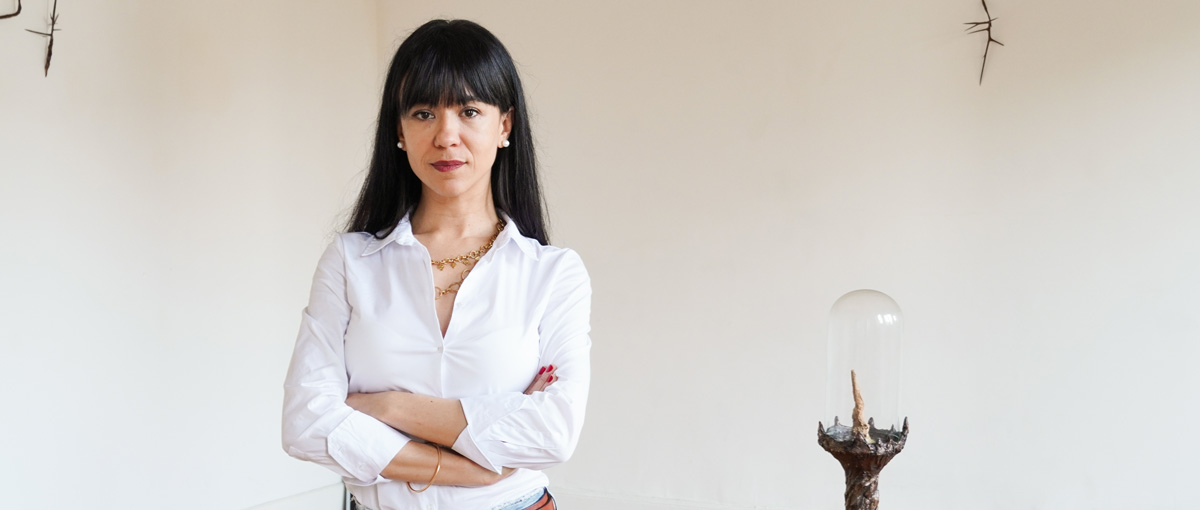 As I’m about to finish my MBA journey at MIP soon, I wanted to share an interview focused on the Italian cultural scene, where I would like to continue working after graduating. I would like to introduce Gabriela Galati, a very special friend and colleague who came to Italy from Argentina twelve years ago and is currently Director of the Milanese art gallery
As I’m about to finish my MBA journey at MIP soon, I wanted to share an interview focused on the Italian cultural scene, where I would like to continue working after graduating. I would like to introduce Gabriela Galati, a very special friend and colleague who came to Italy from Argentina twelve years ago and is currently Director of the Milanese art gallery 